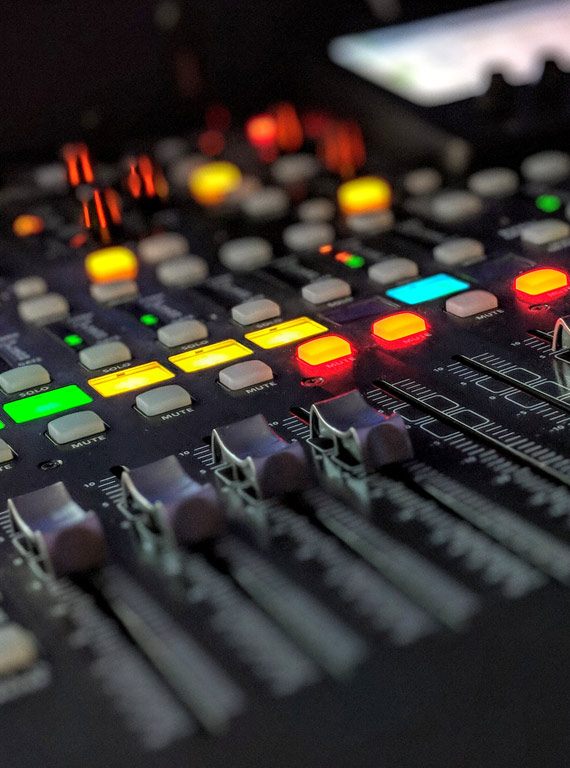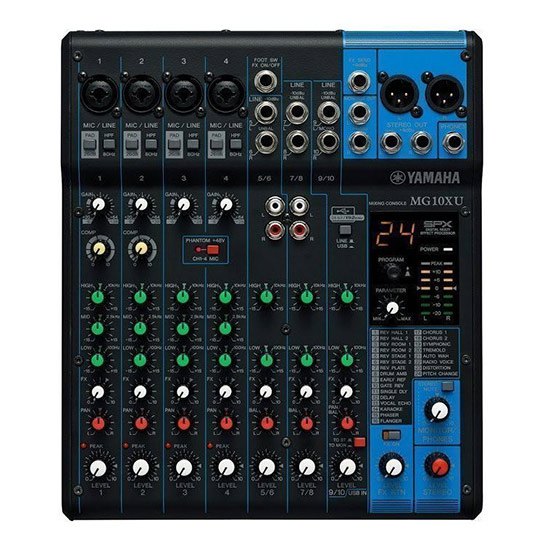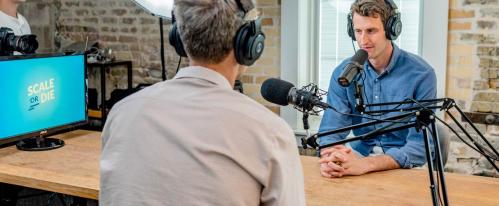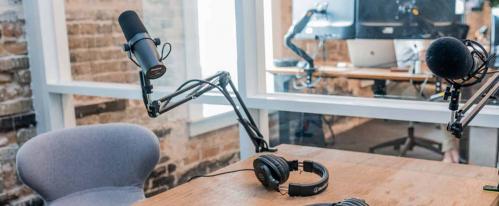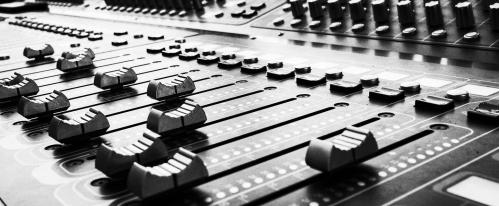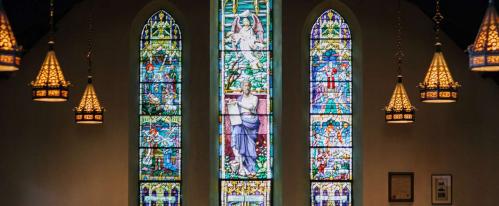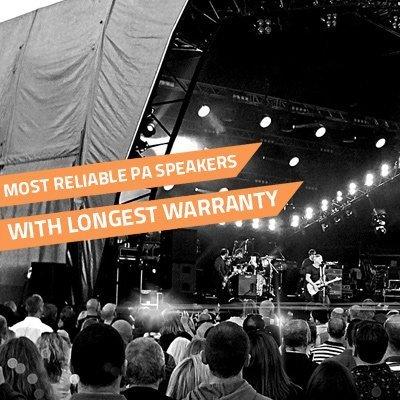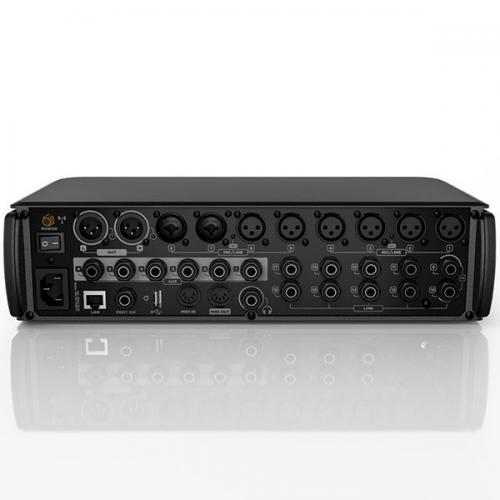WHAT IS A MIXER BUS AND WHY DO I NEED THEM?
A bus is basically a path in which you can route one or more audio signals to a particular destination. Destinations can include groups, auxiliary sends, stereo mix, foldback or monitor.
Commonly busses are used to route channel signals to a master group fader, a multitrack recorder, or the main stereo master fader (or all). In live sound applications it is favourable to have a number of busses available to use. This is due to the fact that as audio channels can be bussed together and controlled by one group fader, it frees up the hands of the engineer and gives him/her less faders to have to control on the fly.
It should be noted that although the master group fader does have control over the level of the summed audio in the group, the individual levels will remain with the offset set on the channel fader.
In Studio applications, busses can be used to group signals together for recording when there are too many channels of audio for them all to be sent to your multitracker/interface/soundcard.
Busses are also commonly used to create a foldback headphone mix for the musician(s) to listen to. If you are using a smaller mixing desk for home recording there is not great need for a great number of busses - although it is good to have an auxilliary send and/or in built effects.
BUSSES IN LIVE SOUND
Most commonly used to get control over several sources with a single fader, whether it's the entire kit or all the backing vocals at once. These days the audio often needn't be physically routed to the fader, group controls can be easily setup on digital desks and an increasing number of hybrid desks.
BUSSES FOR MIXING IN THE STUDIO
Analogue summing is a hot topic in studio circles, with many people including Mixerman swearing by it and others disagreeing. The truth doubtless exists somewhere between the two and taking separate stems out of the digital world and recombining them on an analogue bus will definitely give a certain character. Especially if you use the same mix bus that pros have relied on for hit records over the past 30+ years.
The PreSonus StudioLive 64S 64-Channel Digital Mixer brings analogue character to the digital realm, and is a great option for the serious producer.

If you want some of that same sonic quality in the digital realm then there's a number of options. Both Reason Studios and Steinberg Cubase have introduced analogue style mixers to their interface, providing that certain analogue something to your digital tracks.
BUS COMPRESSION
Another popular use for busses is parallel processing, simply take your drums, vocals or entire mix and send it to two stereo busses. Apply any effect you like (compression is popular) and tinker to your hearts content, keeping the clean, unprocessed bus alongside it.
This allows you to apply extreme FX and processing without losing definition and dynamics. Here's a fantastic and in depth explanation from James Wiltshire of the Freemasons, who uses a lot of parallel processing in Reason.
Tube Compressor
Now if we're going to do this properly then we want a nice compressor to work with, so why not try an incredible microphone preamp?
We recommend the likes of:
- ART TubeMP USB Preamp
- Focusrite Scarlett OctoPre Microphone Preamp (2nd Gen)
- DBX 386 Dual Vacuum Tube Preamp with Digital Out
- ART Digital MPA II
- Presonus Bluetube DP V2 Microphone Preamp
- ART Tube MP Studio V3 Single Channel Tube Preamp
View a complete range of studio mixers and recording gear over at PMT Online.
Updated 2020-06-26

